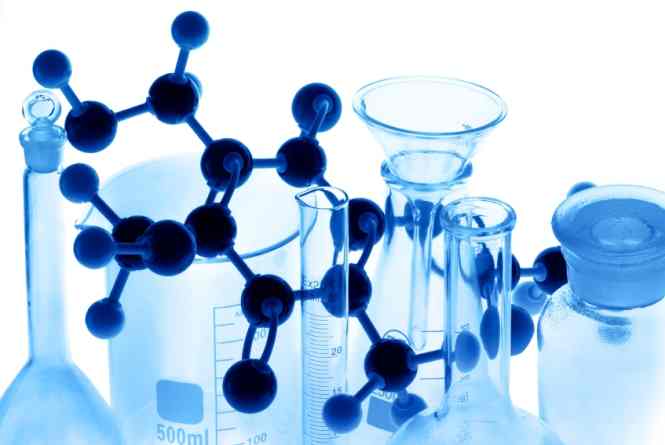Address
304 North Cardinal St.
Dorchester Center, MA 02124
Work Hours
Monday to Friday: 7AM - 7PM
Weekend: 10AM - 5PM
What Plastics Are

Plastics are giant molecules, or high polymers. They consist of basic simple repeating chemical structural units called mers or monomers. When these monomers are joined together to form a long chain or giant molecule (by a polymerization process), the resulting “plastic” is called a polymer. Actually, the differences between high-molecular-weight polymeric materials and low-molecular-weight materials are largely physical. For example, ethylene with a molecular weight of 28 is a gas; polyethylene produced by a high-pressure polymerization process to yield a material of high molecular weight of about 20,000 is a soft, flexible plastic, or high polymer.
Molecular size, shape and structure rather than chemical analysis separate the gas from the plastic. There is a large number of high polymers or plastics, each plastics family being identified by the chemical type of repeating unit within the polymer’s long-chain molecules; e.g., polyethylenes are identified by repeating ethylene mers, polypropylenes by repeating propylene mers, polyesters by repeating ester linkages, epoxies by recurring epoxide groups, etc. Another factor that plays a strong part in determining properties of a plastic material is the geometric relationship of the mer units in the chain. For example, in linear polymers, mers are hooked end-to-end in long, relatively straight chains. Linear branched polymers are long, relatively straight chains with side chains of atom groups or radicals extending from the straight chain. (The well-publicized “ordered” or “isotactic” polymers— polypropylene, for one—are linear branched polymers in which the side chains are located at specific predetermined points along and around the chain equidistant from each other.)
Linear copolymers are long, straight chains in which two different chemical types of mers are hooked up in the chain. Graft copolymers are those in which the basic long chain is of one type of mer, with longchain “grafts” of the other type of mer extending from the base chain. Block copolymers are those in which “blocks” of repeating mers are hooked end-to-end and inserted in a long chain of different types of mers. All these geometric types of polymers discussed above are essentially thermoplastic. The chains are packed into the material, either in random configurations such as amorphous polystyrene, or in varying degrees of orientation. The strength of amorphous thermoplastic materials is primarily dependent on the secondary bond forces ( van der Waals ) between the chains.
Crystalline thermoplastics, e.g., polyethylene, nylon, are those materials in which areas of each polymer chain become closely aligned with areas of other polymer chains, these areas of alignment forming crystals. Portions of chains which extend into crystalline areas are very close to other chains in the crystallite; consequently, the secondary forces are high. In most crystalline polymers, crystallinity is partial. Evidence indicates that in such materials, individual polymer molecules pass successively through several crystalline and amorphous regions. This is believed to account for the superior strength properties of crystalline, as opposed to amorphous, polymers. In all these thermoplastics, since the forces holding the material in shape are secondary forces, the materials repeatedly soften when heated and harden on cooling. Theoretically this softening and hardening can be repeated indefinitely if the temperature does not become high enough to degrade or break the polymer chains.
On the other hand, a thermosetting plastic will not soften appreciably up to its decomposition temperature. Such a plastic has a linear, relatively low-molecular-weight thermoplastic polymer chain with “cross links” which bond the long chains together with primary valence bonds ( which are orders of magnitude stronger than secondary bonds ) . Such a three-dimensional, highly cross-linked polymer is of very high and indeterminant molecular weight, and generally rigid. Actually these mate rials can be produced with properties ranging from rubber-like to highly rigid depending on the number and lengths of the cross-linking chains, and the size and nature of the so-called main chain. Tooling plastics such as epoxies, phenolics and polyesters are all thermo setting materials. When purchased in liquid form they are mixed with curing agents, hardeners or catalysts, which cause polymerization and cross-linking to form strong, infusible solids.